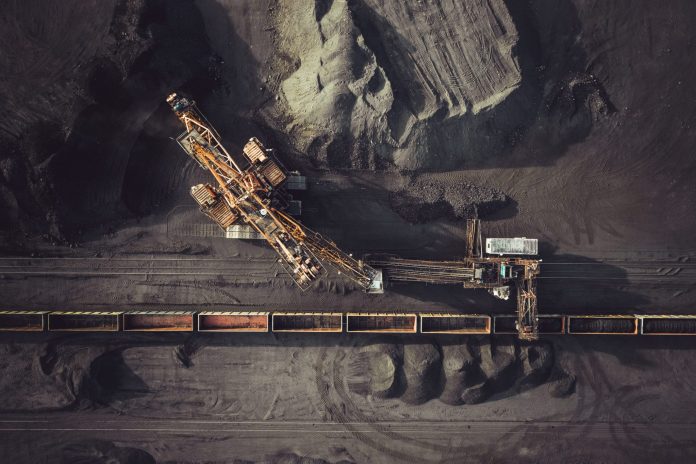New research from UK satellite company Inmarsat says IoT is set to overtake cloud computing as the primary Industry 4.0 technology, with enterprise IT investments in industrial IoT to trump everything else in the next three years, including next generation security, big data analytics, and various other digital-change technologies.
The firm polled multiple industries, it said, and concluded their post Covid-19 IT investments are increasingly skewed towards industrial IoT, in a bid to drive efficiencies and boost savings. Enterprises in the agriculture, utilities, mining, oil and gas, and transport and logistics sectors are putting ever-greater store in IoT sensing and sense-making tech.
Inmarsat said, without further explanation, that businesses “across all industry sectors” are now “planning to spend an average of $2.8 million on their IoT investments through to 2024”. IoT accounted for seven percent of enterprise IT budgets, on average, between 2017 and 2020; it will take a share of closer 10 percent in the period to 2024.
By contrast, planned investments for other Industry 4.0 technologies are less, it said, with around nine percent of IT budgets earmarked for cloud computing, 7.5 percent for ‘next generation security’, 7.3 percent for big data analytics, 5.3 percent for robotics, 4.8 percent for machine learning, and 4.3 percent for augmented / virtual reality (AR/VR).
Of course, these budgets are interlinked, with IoT investments, on networking infrastructure and sending devices, running hand-in-hand with analytics software, notably, and providing the building blocks for such Industry 4.0 apps as AR and VR, down the line.
It might be noted, as well, the Inmarsat results suggest 12.1 percent of IT budgets will go on analytics in one form or another (big data and machine learning); and that the share rises to 21.1 percent if cloud computing is run into the backend. But the rising share for base-level IoT pyrotechnics remains notable.
The research, available here, says mainstream adoption of IoT is making a “significant difference” to enterprises already in terms of operational savings. Respondents said IoT projects currently save their organisations nine percent of their yearly costs, on average; they expect savings of 15 percent in a year, 22 percent in three years, and 30 percent in five. Again, there is a question of how these savings are ascribed to various digital componentry.
Inmarsat said there are noticeable variations in the planned levels of IoT investments between different industry sectors. Oil and gas firms intend to invest the most in IoT over the next three years (an average of $3.2 million), followed by electrical utilities companies ($3.1 million), transport and logistics businesses (£3 million), mining operators ($2.7 million), and agricultural businesses ($2 million).
Mike Carter, president of Inmarsat’s enterprise business, said: “IoT is now the primary Industry 4.0 technology in which companies are investing over the next three years. The emergence of IoT as an investment priority for businesses, and the increasing level of cost-savings they expect IoT to deliver in the years ahead, demonstrates how well-established a technology IoT has become across multiple industries.”
He added: “Despite rapidly increasing levels of IoT adoption, Covid-19 has emphasised the importance of Industry 4.0 technologies for business continuity. With the world’s production and supply chains becoming increasingly interconnected and digitalised, those companies producing digital twins of their supply chains and sharing data, are the ones reaping the benefits.”
Inmarsat, invariably, is pushing its own IoT strategy, with the launch of a new satellite IoT network called ELERA in August, offering narrowband connectivity in the L-band. ELERA goes live next year. It is being pitched as a “springboard for innovation on land, at sea and in the air”. This week, busy Dutch scale-up Hiber said it will use the ELERA system to expand its own low-power wide-area (LPWA) IoT network, which goes under the name Hiberband.
Carter said: “There are… significant areas for organisations to improve to draw optimum benefits: securing reliable connectivity, improving data management, and addressing their IoT skills and security concerns… ELERA is ideally suited to the rapidly evolving world of IoT… delivering global reach, extraordinary resilience, the fastest speeds, [and] the smallest, lowest-cost terminals…. Organisations looking to accelerate IoT need look no further.”

